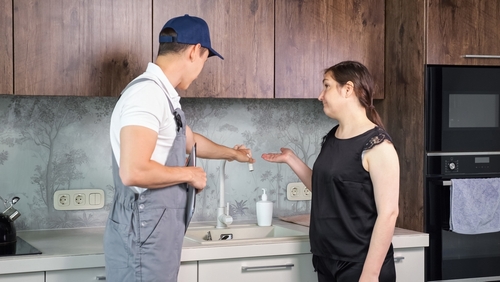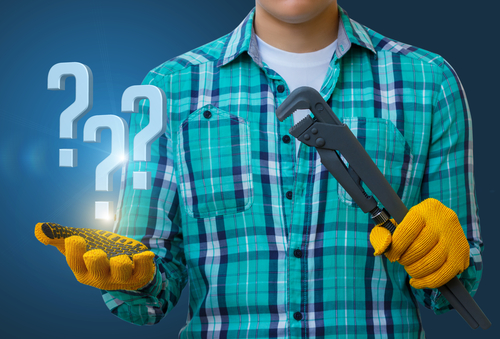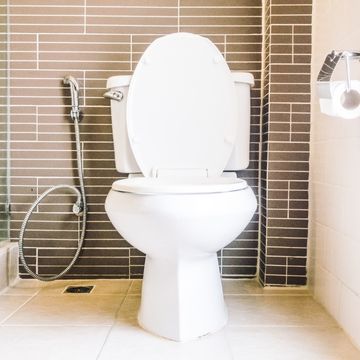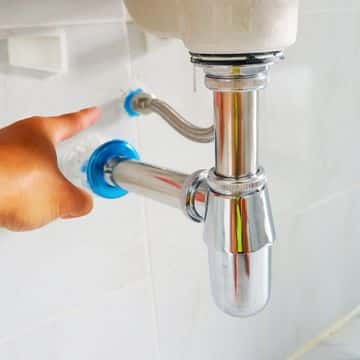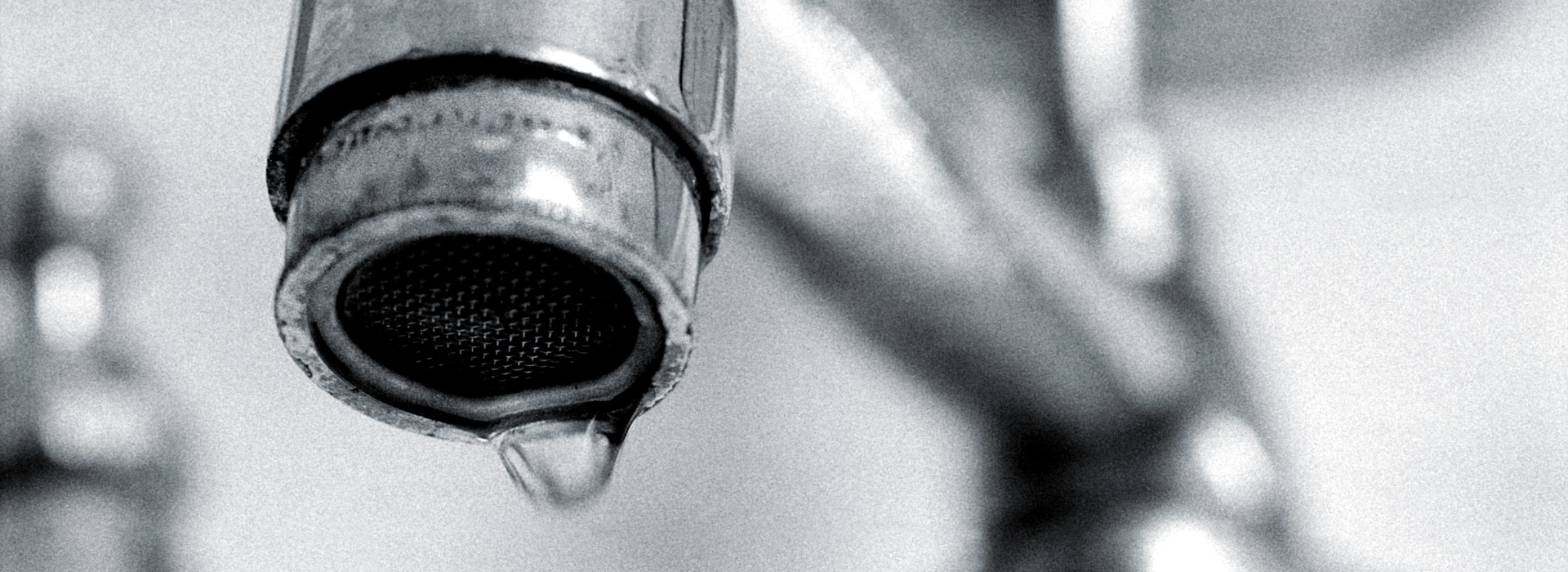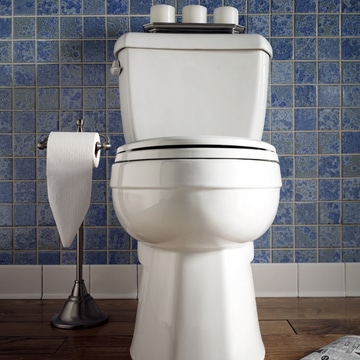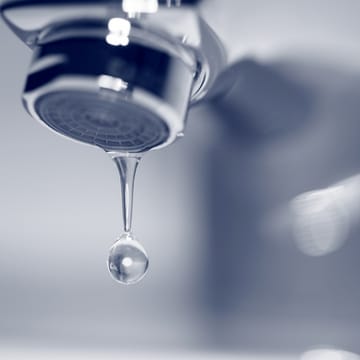If you’ve ever turned on your faucet and heard a loud banging or hammering noise, you’re not alone. This phenomenon, commonly known as a water hammer, can be quite alarming and may even cause damage to your plumbing system if left unaddressed. Understanding the causes of a faucet making a hammer noise can help you troubleshoot the issue and prevent any potential damage. In this blog post, we will explore the various reasons why your faucet may be making a hammer noise and provide solutions to fix it.
1. Water Pressure Surges:
Water hammer often occurs when there are sudden changes in water pressure within your plumbing system. When you turn off a faucet quickly, the flowing water suddenly comes to a halt, causing a pressure shockwave. This shockwave creates the hammering sound. To fix this issue, consider installing a water hammer arrestor. These devices absorb the excess pressure, preventing it from causing the noise. You can easily find water hammer arrestors at most hardware stores and they are relatively simple to install.
2. Loose Pipes:
Another common cause of a faucet making a hammer noise is loose or improperly secured pipes. When water flows through these loose pipes, it can create vibrations that cause the banging sound. To troubleshoot this issue, start by inspecting all visible pipes beneath your sink or wherever the noise originates. Look for any loose brackets, hangers, or clamps. Tighten or replace them as necessary. If the loose pipes are hidden behind walls or within the plumbing system, it is best to consult a professional plumber.
3. Air Chambers:
Air chambers are vertical pipes installed near your faucets to prevent water hammer by serving as cushions for the shockwave. However, over time, these air chambers can become filled with water, causing them to lose their effectiveness. To fix this issue, turn off the water supply to your house and open all faucets to drain out the water. Once the water is drained, close the faucets and turn the supply back on. This will refill the air chambers with air, restoring their cushioning effect.
4. Faulty Valves:
If the hammer noise persists after attempting the above solutions, your faucets’ valves may be the culprits. Faulty valves can cause water to rush through the pipes, leading to a water hammer effect. To troubleshoot this issue, turn off the main water supply and disassemble the faucet. Inspect the valve components for any signs of wear or damage. Clean or replace any worn-out parts, ensuring that they are properly lubricated. Reassemble the faucet and turn the water supply back on to check if the noise has been resolved.
5. Water Pressure Regulator:
In some cases, a faulty or malfunctioning water pressure regulator can contribute to water hammer noises. The pressure regulator is responsible for regulating the water pressure entering your home. If it is not functioning correctly, it can cause water pressure surges, leading to the hammer noise. To address this issue, locate the pressure regulator, which is usually near the main water supply valve. Test the pressure using a pressure gauge and compare it to the recommended pressure for your area. If the pressure is too high or inconsistent, consider replacing the regulator.
Conclusion:
Water hammer noises from your faucet can be a nuisance and may indicate potential plumbing issues. By understanding the causes behind this hammer noise, such as water pressure surges, loose pipes, air chambers, faulty valves, or a malfunctioning pressure regulator, you can effectively troubleshoot and resolve the problem. Whether it is installing a water hammer arrestor, securing loose pipes, restoring air chambers, repairing faulty valves, or replacing a faulty pressure regulator, addressing these issues promptly will prevent any further damage and ensure smooth operation of your faucet.
Got Questions? Let Us Help!
Wezee’s Plumbing is a leading plumbing company that provides reliable and professional plumbing services to residential and commercial clients. With a team of highly skilled and experienced plumbers, we are committed to delivering exceptional craftsmanship and outstanding customer service. At Wezee’s Plumbing, we offer a comprehensive range of plumbing solutions, including installations, repairs, and maintenance, our experts have the expertise and knowledge to handle any project with precision and efficiency. We pride ourselves on our prompt response and timely service, ensuring that we arrive on time and address your plumbing issues promptly. For more information visit our website or call us today!

